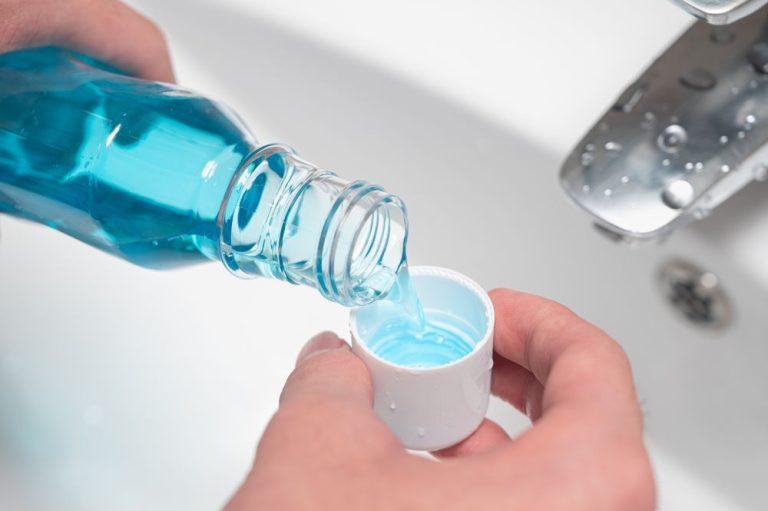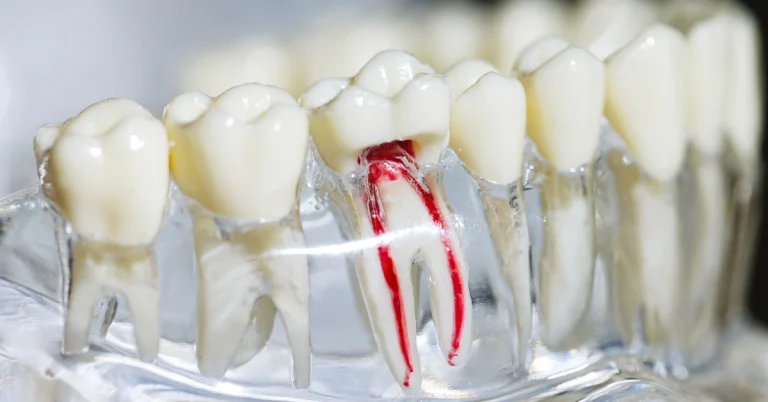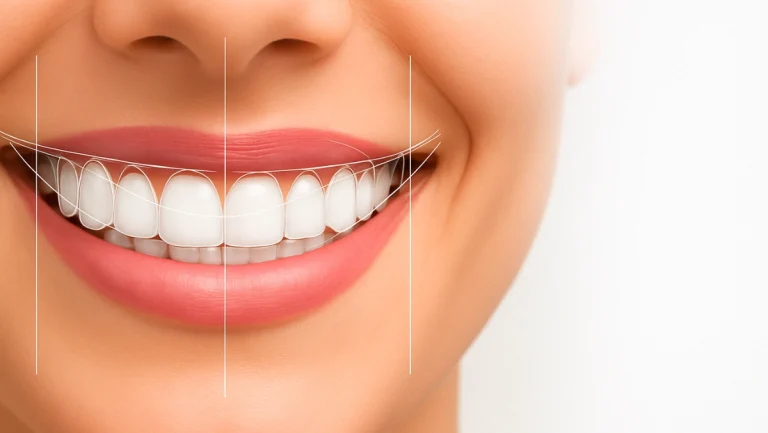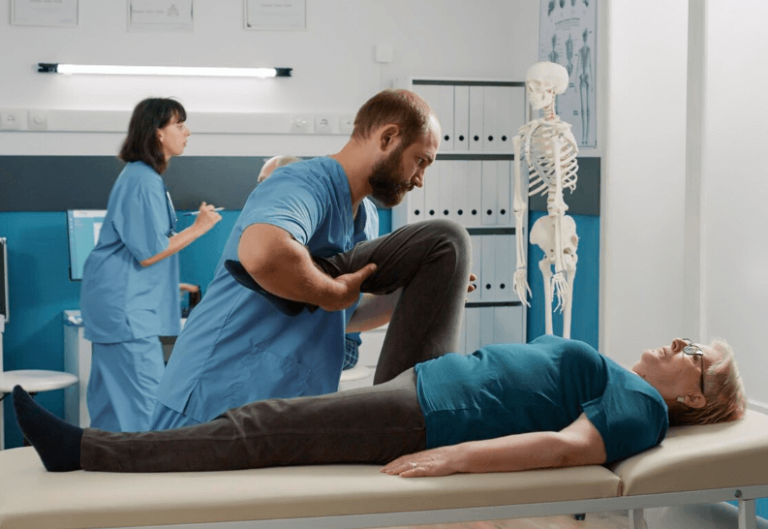
Back discomfort can creep up quietly, making daily tasks unnecessarily challenging. Many people rely on painkillers or long rests, hoping the problem resolves itself. Yet relief often comes from addressing the source directly. A chiropractor’s back adjustment does exactly that, working to realign the spine and restore natural balance to the body. Here are a few overlooked benefits that go beyond easing pain.
1. Restores Better Posture Naturally
Poor posture rarely feels like a big issue until stiffness or fatigue sets in. Over time, it can affect breathing, digestion, and even confidence in movement. Chiropractors focus on restoring spinal alignment, which allows muscles to work more efficiently. Through consistent adjustments, many people find themselves standing taller without conscious effort.
Beyond appearance, posture correction reduces the uneven strain placed on the neck and lower back. It also enhances circulation and helps the nervous system perform at its best. Subtle improvements in how you sit or walk can add up to significant comfort in the long run.
2. Reduces Muscle Tension and Improves Range of Motion
When muscles tense up around the spine, movement becomes limited. This restriction can affect not just your back but your shoulders, hips, and legs, too. Regular chiropractic sessions release these restrictions and help joints move smoothly again. A well-timed adjustment can leave the body feeling lighter and more flexible almost instantly.
By focusing on targeted areas, a chiropractic treatment for back pain helps reduce nerve irritation that triggers muscle tightness. Improved flexibility makes everyday actions (like tying your shoes or reaching overhead) less of a chore. The result is not only temporary relief but a foundation for better mobility over time.
3. Supports Stress Relief and Mental Clarity
The body and mind are closely linked. When the spine is misaligned, nerves that connect to major organs can send stress signals throughout the system. Chiropractic care encourages relaxation by releasing physical tension that contributes to emotional strain. Many patients report improved sleep and a sense of calm after an adjustment.
This sense of clarity often comes from balanced nervous function. When signals move freely through the spinal cord, your body processes daily stress with less effort. A calmer body helps create a calmer mind, allowing you to handle challenges without the same level of fatigue.
4. Enhances Long-Term Preventive Health
Spinal misalignments can cause minor discomfort that builds into chronic pain over the years. Routine chiropractic adjustments help prevent that escalation. By promoting proper joint movement and muscle support, the spine stays resilient against everyday strain.
Preventive care reduces the likelihood of developing conditions linked to poor spinal mechanics, such as tension headaches or recurring lower back pain. Investing in a schedule of chiropractic treatment for back pain is as much about maintaining function as it is about easing symptoms. The benefits often extend beyond the back, improving balance, energy, and overall coordination.
5. Encourages an Active, Pain-Free Lifestyle
When pain diminishes, movement becomes enjoyable again. Chiropractic adjustments allow you to stay active without constantly worrying about flare-ups. With improved alignment and muscle support, exercise feels more natural, and recovery tends to be quicker.
This renewed confidence in movement encourages consistency in physical activity, which further strengthens the back. It becomes a reinforcing cycle of better health. Choosing a chiropractor’s back adjustment as part of a holistic routine helps maintain that freedom for the long term.
Conclusion
Chiropractic adjustments do more than relieve tension. They promote balance, prevent long-term pain, and help the body work the way it was designed to. From posture correction to stress reduction, the hidden benefits are both physical and mental. Consistent care ensures you move, think, and rest with greater ease.
Contact True Chiropractic to book a session and experience how expert back adjustments can support your long-term spinal health and daily comfort.










